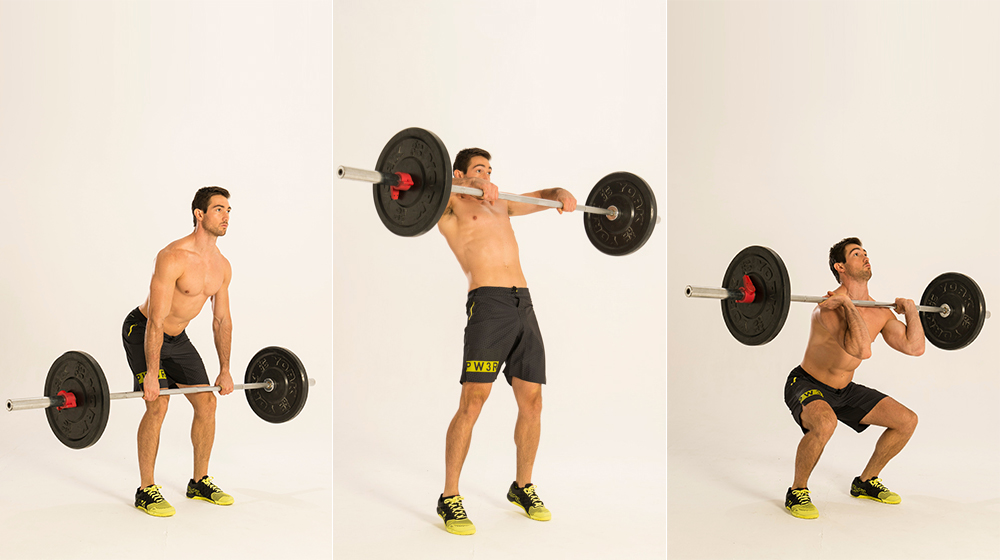When people think of active release therapy, they usually associate it with water colours and brush strokes – not this:
It’s understandable that some would label active release therapy as a deep tissue massage’s angrier, more violent counterpart. But it’s actually one of the most effective methods of soft tissue release, catered towards expediting athletes’ healing and improving their performance.
The Art of ART
Over 500 hand motions are used by ART practitioners to assess tight, sensitive areas. Similar to trigger point therapy, a practitioner will use their thumb, hand, or elbow to contact with a specific area of tension. What makes active release therapy unique, is while a therapist maintains tension, patients will move and lengthen their muscles.
The active release technique breaks up adhesions, which are characterized by the build-up of dense scar tissue, limiting a joint’s and muscle’s flexibility and range of motion. If you feel like your muscles are moving in molasses, your musculature is likely cluttered with adhesions.
What Makes ART Effective?
Techniques such as Swedish massage are for superficial relaxation and don’t focus on breaking up adhesions or improving range of motion. Superficial treatments aren’t particularly useful to high-performing athletes whose muscle density and scar tissue build-up require more focused work.
While deep tissue massage and myofascial release both break up adhesions and fight inflammation, they don’t restore functional motion like ART.
ART practitioners are typically trained health care practitioners who’ve received certification. They can deftly explore a patient’s musculature to locate scar tissue build-up, sources of tension, or impingements. Once these underlying issues are addressed, patients quickly return to their full functions while avoiding further injury in other muscles, joints, or tendons.
What ART Treats:
ART can alleviate the following symptoms of overused muscles:
- Headaches
- Back pain
- Carpal tunnel syndrome
- Shin splints
- Shoulder pain
- Plantar fasciitis
- Knee problems
- Tennis elbow
What to Know Before Your First Session
Each active release session is unique; therefore, patient reactions are distinctive. While the video in our introduction makes ART seem like some kind of torture session, it’s actually tailored towards a patient’s tolerance levels.
In the video, the therapist is working on a heavily muscled bodybuilder with immense muscle density and required very intense therapy. However, most sessions would look like this:
Practitioners will be in constant communication with clients throughout a session to assess how they’re responding and proceed accordingly.
Some feel immediate benefits after an active release treatment and can perform at peak levels with little needed recovery. Others are sorer after a treatment, taking a few days to recover, similar to a taxing workout or other demanding athletic performance.
SEMI offers comprehensive active release treatments that can restore function and movement in your ailing muscles, tendons, ligaments, and joints.
Book an appointment online today, and take advantage of this specialized program, and how it can help resolve the health and movement issues you’re experiencing.






